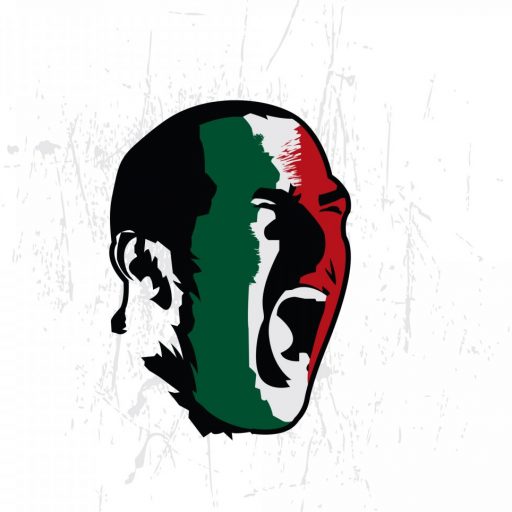The Udinese selling model – Is it the right way for them to operate?

Any player that stands out of the group will invariably have his name listed on the mercato as made evident in recent years by the selling of Gaetano D’Agostino, Marco Motta, Simone Pepe in 2010; Alexis Sanchez, Gokhan Inler, Cristian Zapata in 2011; Kwadwo Asamoah, Mauricio Isla, Samir Handanovic in 2012; and Pablo Armero this past month. One of the few exceptions to the norm is the 35 year old, back to back copacannoiere, Antonio Di Natale.
Despite cashing-in on many good players, coach Francesco Guidolin has steered the club to impressive heights – the Zebrette finished third in 2011-12, and narrowly lost against Arsenal in the two legged Champions League qualifying play offs. In the 2010-11 season, the Bianconeri finished fourth with a total of 66 points – a club record.
The Udine outfit might have struggled to establish themselves as a ‘big club’ given their transfer policy, but off the field, they have been exemplary in balancing their books. In fact, Udinese are one of the few clubs in Europe and the only club in the top flight of Italian football that currently meet the requirements of the financial fair play.
Profit from transfers
12/13 Revenue – 36.200.000 € Expenditure – 25.400.000 € Total = +10.800.000 €
11/12 Revenue – 70.250.000 € Expenditure – 21.111.000 € Total = +49.139.000 €
10/11 Revenue – 30.290.000 € Expenditure – 13.550.000 € Total = +16.740.000 €
09/10 Revenue – 36.150.000 € Expenditure – 18.333.000 € Total = +17.817.000 €
08/09 Revenue – 34.900.000 € Expenditure – 20.100.000 € Total = +14.800.000 €
According to a report published in June, 2012, Giampaolo Pozzo’s (the owner of Udinese, Granada and Watford) club made a profit of nine million euros in the 2011-12 season, with revenues that exceeded € 60 million. Television rights constituted 56.4 percent of the total revenue – not too much by Italian standards – reflecting the self-financing capacity of the club as ticket revenues are diminutive in Serie A, as compared to other countries.
The club owns the rights of about a hundred athletes, many of whom have been loaned out in a bid to provide them with regular playing time.
The total revenue in 2011-2012 totaled € 63,4 million, an improvement of € 8.9 from the previous year. Net income including TV rights from playing in the Europa league was € 5.3 million, while sponsorship deals generated another € 5 million.
Television rights amounted to € 35.8 million, an increment of € 1.3 million from the previous year. In the current season, this figure is expected to rise to € 41 million.
Management costs shot up to € 91.2 million from €76 million in 2011, but were partly canceled out by a significant growth in capital gains from €41.9 million to €57.5 million, thanks to some high profile transfers.
The report also mentions a loss of €7 million incurred on transfer deficits of some players, as well as €20 million depreciation on player values, which reflects the club’s far-sighted planning. However, net gain from player transfers was almost €50 million in 2011.
To sum, net profit after tax was €8.8 million, a sharp increase from €2.9 in 2011. The success of the management’s strategy, which focuses on player scouting and development, technical risk reduction, careful use of the resources and synergy between the operational areas is unquestionable.
Fans might be venting out their frustration over the loss of their star players and the lack of silverware as a result of compromising quality for profit, but for a club of Udinese’s stature, with modest ambitions, emphasizing on long term sustainability is the right approach.
Talks of a new Stadio Friuli have been ongoing for some time, and if the Friuliani were to move to their own home, it would ensure them the right platform to aim for trophies.
New Stadio Friuli
Follow Swarup Pokhrel on Twitter: @argeniter